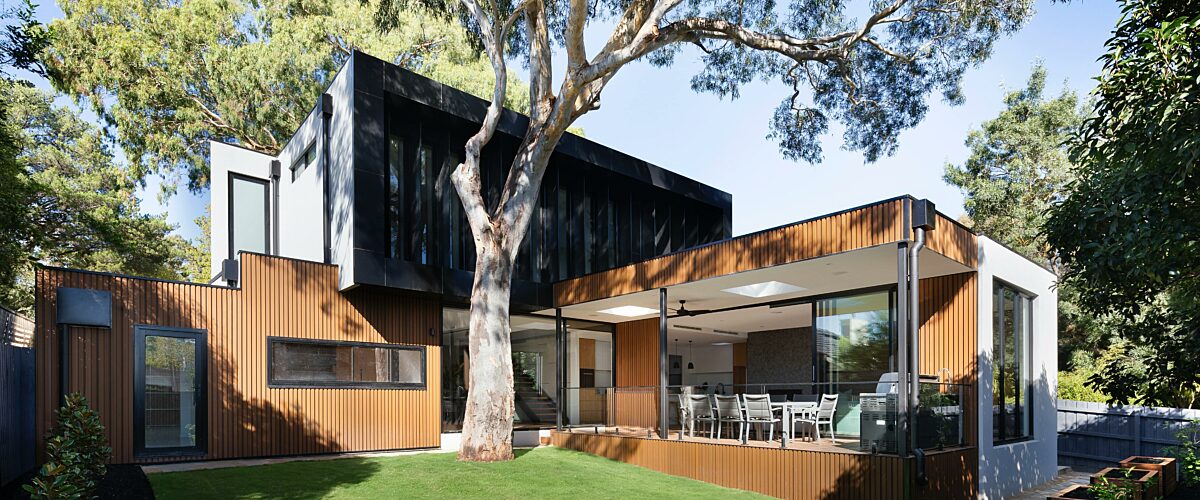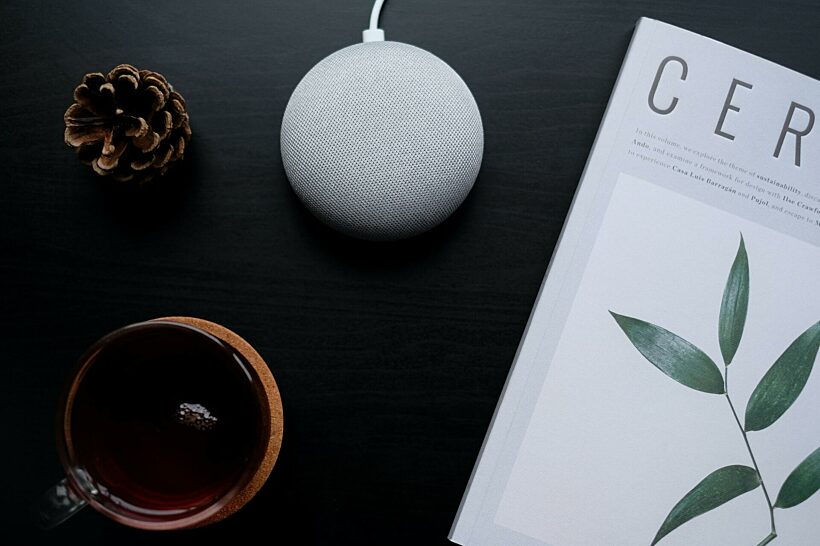
Internet of Things vs Home Automation
The terms ‘Internet of Things’ and ‘Home Automation’ might not be foreign to you, but they remain a mystery for many. We dive into the two concepts, their underlying relationship to each other and how they hold together in an ever changing world.
IoT explained
First things first: IoT, short for Internet of Things, has been around for quite some time now and has become part of our everyday life. To keep it short and simple, Internet of Things refers to everything connected to the internet. It is made up of “things”, also known as devices, that communicate with each other via the internet, sending and receiving data without any human interaction needed.
These devices can be anything that is able to connect to a network, ranging from sensors and cameras to coffee machines and even cattle implanted with a chip. This way, IoT makes it possible for devices on different networks to communicate with each other and share data.
Creating a much more connected world, IoT even makes large scale projects possible. For example creating smart cities and power grids, where user data is shared seamlessly between provider and user. Enabling devices to be more cost-efficient, flexible and sustainable in power usage. Like street lights turning on when there’s someone passing by, and turning off when there’s no activity.

Home automation
Now what exactly has home automation to do with the Internet of Things, you ask? Well, it is not uncommon for people to use these terms interchangeably or even think they are the same exact thing. They’re not completely wrong. More so, home automation is actually part of the IoT-spectrum and is a term used for all your home appliances and devices that are connected to your network.
Devices like your lighting, TV, vacuum cleaner and even your washing machine can be part of the Internet of Things, falling under the term of home automation. Meaning they are able to communicate with each other and even offer control to other devices in your home, like home controllers. For example, automatically rolling up your blinds when you wake up, turning off the thermostat when you leave the house or even starting a wash cycle when electricity is at its lowest price. Thanks to smart hubs, voice assistants and apps, these smart things can even communicate with you.
Let’s talk ecosystems
Unfortunately, home automation is more than just a collection of IoT devices connected to a network. That’s where ecosystems come into play. Every smart device is part of an ecosystem, think Google Home or Amazon Alexa. Problem is, most devices only communicate with and function properly to the extent of their own ecosystem and the devices within.
This means that not all devices in your home can seamlessly connect with other devices from a different ecosystem. Some devices will work across home automation systems for control, but in most cases this also means less functionality of these devices. Leaving you limited in your choice of smart devices to integrate into your smart home.
Now you could live your life constantly worrying if the devices you plan on buying are compatible with the ones you already own, just to ensure you can use them to their full potential. But what if your home automation system could work with all of these different devices, taking your smart home to the next level without having to compromise on brand, functionality or control?

Embracing the Internet of Things
Slowly but surely, we’re moving towards a more open ecosystem but compatibility remains an issue to this day. Luckily, more and more manufacturers are opening up their technology, making it possible to integrate with other automation systems.
Some of the bigger names in the industry are starting to embrace the Internet of Things and its possibilities. KNX, for example, offers different kinds of IoT solutions in order to reach new ways in the operation and visualization of KNX systems.
Thanks to the KNX IoT solutions, numerous KNX installations become a part of the Internet of Things and interactions between KNX and 3rd party devices are supported, bringing an end to compatibility problems and ecosystems as we know them. This ensures that the value of their products increases and long-term support can be guaranteed in the ever changing world of the Internet of Things.
Although just a tiny freckle on the IoT-spectrum, home automation is more than just a number of devices and appliances connected to your home network. Having to consider the different ecosystems of your smart devices, manufacturers are busy opening up their technology and fully betting on the IoT and its possibilities.
Let’s see what the future holds for the Internet of Things and how it will change automation for the better.


